What's Ahead for Digital Marketing in 2023
After all the shifts in technology and commerce in 2022, it’s difficult to predict with any level of certainty what the biggest changes in digital marketing will be in 2023.
Just like everything else, the field is changing fast.

It will definitely be interesting to see what happens, but here are some potential changes that may significantly impact digital marketing in the next year.
(We would argue that these things have already had a profound effect, but there’s no doubt that the trajectory will continue into 2023).
Hot take: what already IS will only become MORE.
- Accessibility of artificial intelligence (AI)
- Shifts in social media marketing
- Heightened focus on customer experience
- Increased reliance on voice search and virtual assistants
- Greater emphasis on data security and privacy
Let’s take a look at these trends one by one and see how we might be able to put things in place to prepare for them.
(Why does this feel like writing a weather report?)
1. Artificial Intelligence
This is a biggie.
The lightning speed with which AI and machine learning have gone from the public imagination to the public itself is a testament to just how long these technologies have been in development.
And to how fast everything is moving forward.
Ready or not.
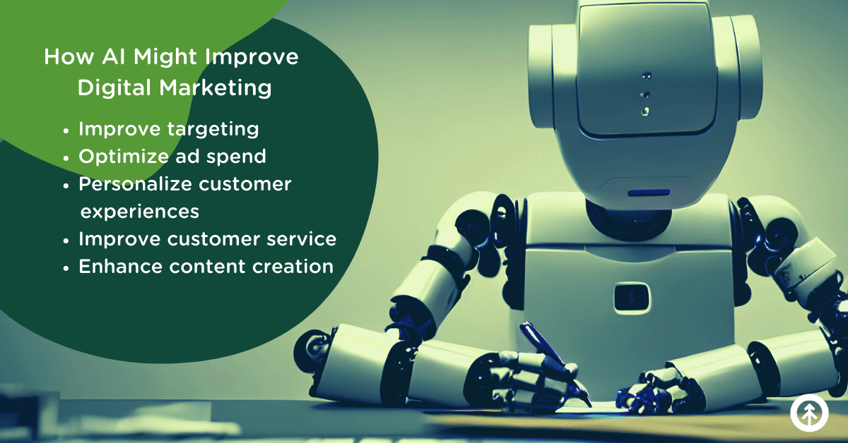
Right this minute, AI is obviously already being used in digital marketing. But in 2023, more and more companies will adopt AI technologies to improve their marketing efforts, and things could get a little wonky if we’re not careful.
But, on the positive side, here are some potential ways in which AI may affect digital marketing that would have those of us who do it for a living cheering from our keyboards and data reports.
- Improved targeting
- Optimized ad spend
- Personalized customer experiences
- Improved customer service
- Enhanced content creation
Improved targeting!
AI can be used to analyze customer data and behavior to better understand target audiences and personalize marketing efforts.
This can help us all reach the right customers with the right message at the right time.
And that makes all our steps lighter, yeah?
Optimized ad spend!
AI can be used to analyze the performance of different ads and determine which are most effective, allowing us to allocate our ad budget more efficiently—saving a ton of cash and time. And stress, right?
Personalized customer experiences!
AI can now segment customers and send personalized recommendations, content, and offers to individual customers based on their interests and behavior.
Which helps us build stronger customer relationships and increase customer loyalty.
Now we have more quality time to do just that on a deeper level.
Improved customer service!
AI-powered chatbots and virtual assistants can be “on call 24/7” to handle customer inquiries and provide support, freeing up human customer service staff to focus on more complex tasks.
Enhanced content creation!
AI can be used to help “clear out white space” to get us started generating and optimizing content.
This has the potential to free up content creators to make videos, graphics, blogs, copy, and thought leadership that’s more helpful and engaging than ever before.
AI and machine learning are likely to become even more prevalent in the coming year due to readily available (and currently FREE) tools like ChatGPT and others that make it possible for anyone to input any query and get just about any kind of original content in their hands in less than 10 seconds.
But, with great technology comes great responsibility, and it remains to be seen how AI and machine learning will shape the landscape of the internet and our world, much less digital marketing.
Best thing to do about AI? Learn how to use it and use it wisely. Fact-check everything you create with it (it’s reading the internet, after all, and there’s a lot of misinformation out there).
Spend time editing and making sure it’s fun to read, engaging, and helpful for your *human* customers.
And remember that it has limited knowledge of anything after 2021.
2. Social Media Marketing
You may be thinking: Pfft! But we’ve been using social media for marketing forever.
And boy, yeah. It sure feels that way.
The difference is that in 2023 and beyond, we’re likely to see continued growth that will force users off the platforms.
Oof. Now THAT is a shift.
But there may be positive outcomes as well.

Some potential impacts of the current growth trend of social media marketing include:
- Increased competition
- Changes in social media algorithms
- Greater emphasis on visual content
- Increased use of paid social media advertising
- More integration with other marketing channels
Stand out! Out-creative your competition
As more companies flock to social media platforms to reach and engage with customers, we expect to see increased competition for attention and engagement.
On the positive side, the accessibility of AI tools will allow us to be more creative and strategic in our social media marketing efforts to stand out from competitors.
And that’s what will keep people using the platforms we all need and enjoy.
It’s stewardship!
Out-adapt the algorithms
Social media platforms are evolving, so the algorithms determining which content is shown to users are likely to change.
That means we’ll all need to adapt our social media marketing strategies to ensure our content is seen by our target audience.
That means taking another look at Account-Based Marketing—a process that hyper-focuses on your target audience and allows you to speak to the decision-makers and customers you’ve been dying to help out.
Create visual content
Social media platforms that are visually driven—like TikTok and Instagram—are outperforming more text-based platforms. Photos and videos perform particularly well with users (and humans, right?!)
As a result, we’ll all need to push ourselves (even more than last year) to create more visually appealing content if we’re going to be able to compete for the attention of our audience on social media.
Let’s do this! If you’ve not looked at Vidyard. Give it a try. We love it.
Pay for some social media advertising
As competition for organic reach on social media increases, we’ll need to rely more on paid social media advertising to get our content in front of our target audience.
Ah well.
Play nice with other marketing channels
Social media marketing will likely continue to be integrated with other marketing channels, such as email marketing and content marketing, to provide a more cohesive customer experience.
Diversify your platforms and your processes for increased success.
3. Voice Search + Virtual Assistants
These two related technologies are set to improve big time in 2023, revolutionizing how people get information and perform tasks.

But not everyone is aware of what these tools do and, therefore, how their increased use can change literally everything (and some would argue: for the better!)
Voice Search Defined
“Voice search” allows users to search the internet or other databases using spoken queries rather than typing them into a search box on a smartphone, tablet, computer, or smart speaker with voice recognition software like Apple's Siri, Amazon's Alexa, and Google's Assistant.
Voice search is becoming increasingly popular, especially on mobile devices, as it allows users to quickly and easily find information without typing.
This makes it useful for people with disabilities or mobility issues, inspiring us (and a ton of other people) to be big fans of it.
What’s a Virtual Assistant?
A virtual assistant (VA) is a software program that uses artificial intelligence (AI) to perform various tasks or provide information to users.
Virtual assistants are often designed to interact with users through natural language processing, allowing people to communicate using voice or text commands to perform tasks, such as setting reminders, answering questions, providing directions, and more.
As the technology behind virtual assistants improves, they are likely to become even more sophisticated in the future.
The more widespread use of these two similar evolving technologies may affect digital marketers in the following ways in 2023 and beyond:
- Changes in SEO strategies
- Increased importance of local SEO
- More opportunities for sponsored content
- Boost in the use of structured data
So, how can you adapt to these changes? Take a look at a few suggestions.
Update your SEO strategies
Optimize your website and content specifically for voice search to ensure it can be found by voice search and virtual assistant users.
One way to do that is to use more long-tail keywords and create content that is easy for voice assistants to read and understand.
Focus on local SEO
Voice assistants often prioritize local results when answering queries, so if you want to be found through voice search, you will need to focus on local SEO to rank well in these SERPs.
Pro Tip: To optimize your website for local SEO, make sure you’ve created and verified your Google My Business listing, optimized your website for relevant local keywords, and obtained local citations (mentions of your business's name, address, and phone number on other websites).
Get ready for sponsored content
Virtual assistants may present opportunities for your business to have its content featured as sponsored responses to user queries.
So, yay! That’s a huge plus.
Create engaging, helpful content now that will serve your customers when that sponsorship happens.
Describe your content with structured data
To ensure your content is easily understood by voice assistants, use structured data such as schema markup to help these devices understand the meaning and context of your content.
4. Personalized Customer Experiences
Everyone values being valued—especially customers.
.png?width=1200&height=628&name=Customer%20Experience%202023%20(1).png)
And in 2023, the customer’s experience with your business will determine the value of your business.
Some potential impacts of this trend include:
- Greater emphasis on personalization
- Increased use of customer feedback
- Greater focus on customer service
- Increased use of customer data
How will you address it? Read on for some fresh ideas.
Prioritize personalization
If you want to stand heads above your competition, rededicate your focus to providing personalized experiences for your customers.
Use your own customer data and AI technologies to tailor your marketing efforts specifically to your customers and provide personalized recommendations and content to them as well.
Win-win!
Pay careful attention to customer feedback
Emphasize gathering and using customer feedback to improve your customer experience with your brand—because your competition will certainly be doing it in 2023.
Use online reviews, customer surveys, and other tools to gather and analyze customer feedback.
Here’s a Growth article on how to inspire your customers to write a review if you’re looking for new ways to do it.
Level up your customer service
Place even more emphasis on providing excellent customer service in 2023 to differentiate yourself from your competitors and improve the customer experience.
Use all the available AI technologies, such as chatbots and virtual assistants, to provide support and handle customer inquiries in record time.
If you’re not a HubSpotter, now’s the time to become one.
HubSpot offers automation for every stage of your buyer’s journey toward your business.
Be transparent about customer data
To provide personalized experiences in 2023, you’ll need to gather and use more customer data.
The best way to do that is to tell your customers and website visitors how you collect that data and what you do with it. Your customers will notice and thank you for it.
Implement strong data privacy and security measures now.
And speaking of data privacy and security…
5. Greater emphasis on data security and privacy

Some potential impacts of this trend on digital marketing in 2023 include:
- Changes in data collection and usage practices
- Increased use of secure technologies
- Changes in ad targeting practices
- Greater focus on building trust with customers
- Changes in regulations
Adapt your data collection and usage practices
As we mentioned above, be transparent about how you collect and use customer data and implement stronger safeguards to protect it.
Revisit and revise privacy policies and make sure to obtain explicit consent from customers before collecting and using their data. In addition to protecting your brand, it builds customer loyalty.
Prioritizing it in 2023 is a must-do.
Use more secure technologies
It might be time to adopt more secure technologies, such as encrypted communications and secure servers, to protect customer data from cyber threats.
But you can also make some small changes that can make a big impact on security. Take a look at the platform on which your website is built. Google “security vulnerabilities in [your platform].”
For instance, if you’re using WordPress, 2023 should be the year in which you decide to migrate to HubSpot.
It’s an easy, quick migration, and it could save your customer’s data and your business (as just two of its many benefits).
Update your ad targeting practices
I know it sounds like a broken record, but we can’t emphasize this point enough. Be mindful of how you use customer data for ad targeting to ensure you’re not violating privacy laws or causing customer concerns.
This may involve using more generic or aggregated data for targeting rather than specific customer data.
Build trust with customers
As data privacy and security become more important to customers, it becomes more important to focus on building trust with your customers.
Demonstrate that you’re taking steps to protect their data by being transparent about how their data is collected and what you’re using it for.
(Repetitive, yeah. Because it’s going to be everything in the future).
Respond quickly to customer concerns.
Changes in regulations
Governments worldwide may enact new regulations or update existing ones to address data privacy and security concerns.
Stay informed of these changes and ensure your company is in compliance to avoid legal issues.
If you find that you need a little help in 2023 with anything above, we’ve got you covered. The Growth team constantly has our eyes on trends that affect our clients and ourselves, and we’ve figuring out how to adapt and thrive in this brave new 2023.
Got big ideas or thoughts about ways to move the needle for your business in the new year but need help with implementation?
We’re called Growth for a reason, folks! Set up a meeting to talk with Will. He’s a really good listener.
Explore More Insights: Related Blog Posts
-
 B2BAug 5, 2022
B2BAug 5, 2022 Growth Marketing Firm
Growth Marketing FirmGrowth + Value-Driven Marketing - Spotify Podcast
Recently, Growth founder Chris Nault sat down with Elena Iordache Stoica to share real talk about all things...
-
 CRMMar 9, 2022
CRMMar 9, 2022 Growth Marketing Firm
Growth Marketing FirmTop 5 Things to Know Before Your HubSpot Onboarding
As simple and elegant as HubSpot is, onboarding your business’s CRM, website, sales pipeline, marketing...
-
 B2BFeb 6, 2023
B2BFeb 6, 2023 Growth Marketing Firm
Growth Marketing FirmABM Strategy: 5 Tips for Protecting Your Brand
Account-based marketing (ABM) is a highly targeted approach to B2B marketing focusing on specific accounts...
-
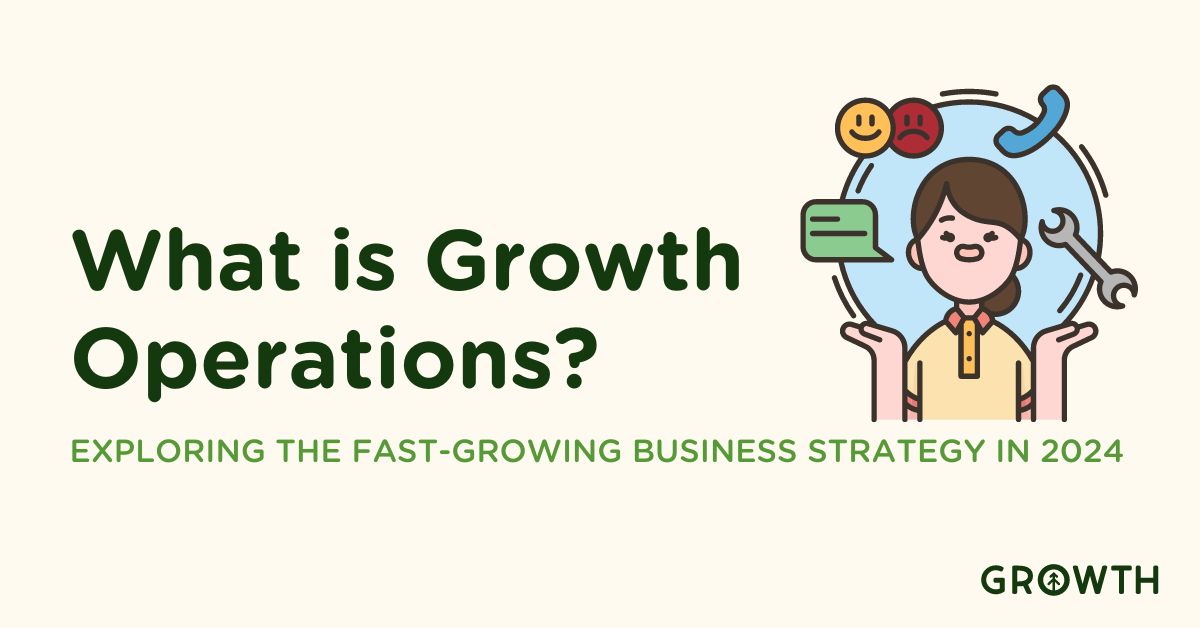 RevOpsFeb 12, 2024
RevOpsFeb 12, 2024 Chris Nault
Chris NaultWhat is Growth Operations? Exploring the Fastest-Growing Business Strategy of 2024
What is Growth Operations? In the evolving landscape of business strategy, Growth Operations emerge as a...
-
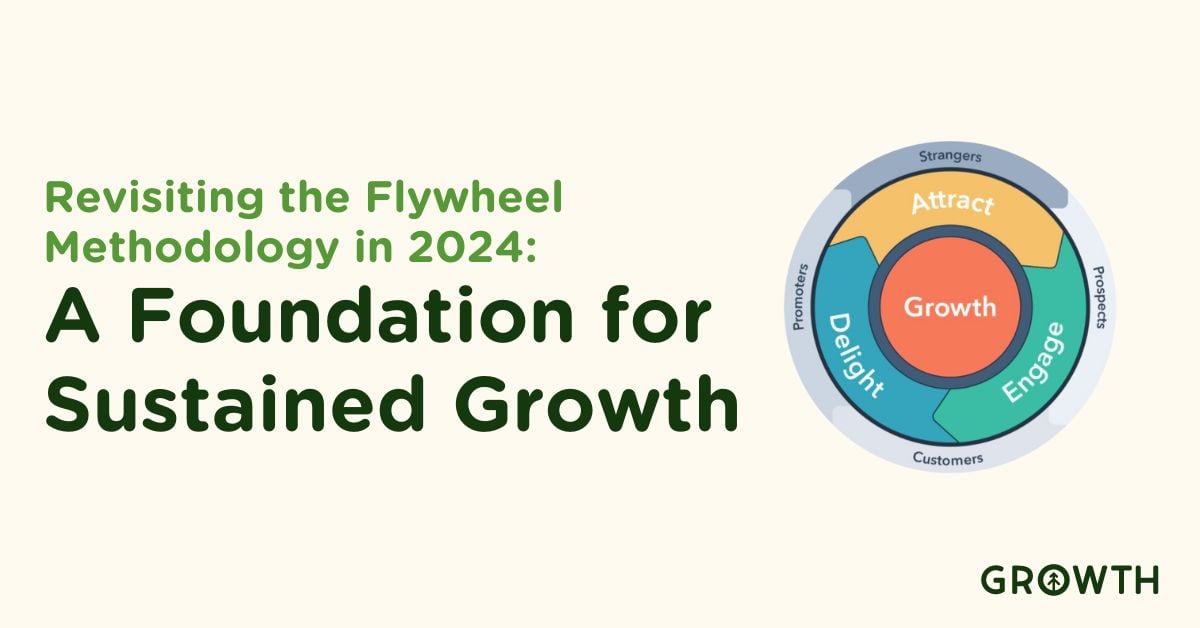 HubSpotFeb 19, 2024
HubSpotFeb 19, 2024 Chris Nault
Chris NaultRevisiting the Flywheel Methodology in 2024: A Foundation for Sustained Growth
In the dynamic landscape of 2024, where competition is at its peak and consumers are more empowered than...
-
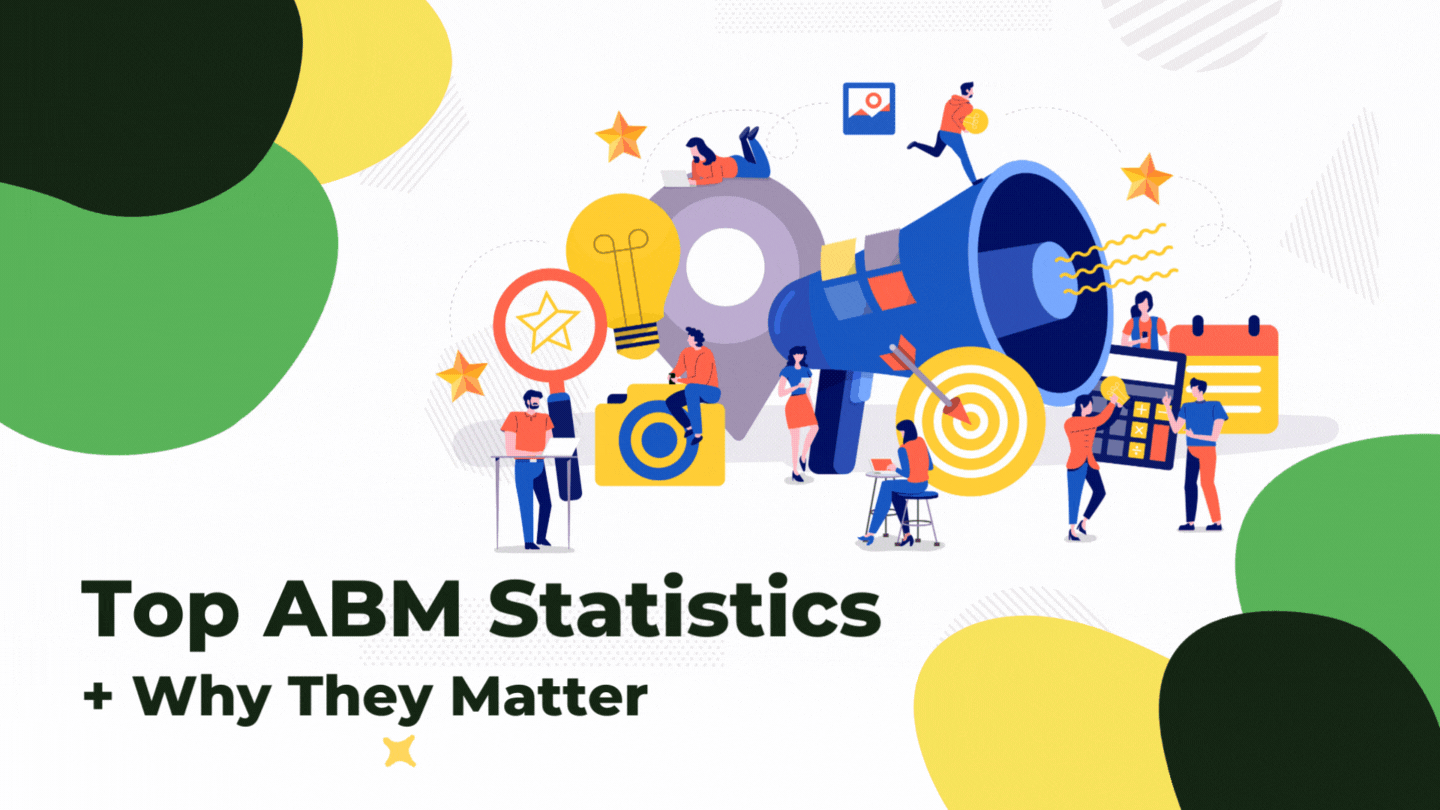 Inbound MarketingOct 26, 2022
Inbound MarketingOct 26, 2022 Growth Marketing Firm
Growth Marketing FirmTop ABM Statistics + Why They Matter
As the demand for personalized marketing continues to grow, account-based marketing (ABM) has become one of...
-
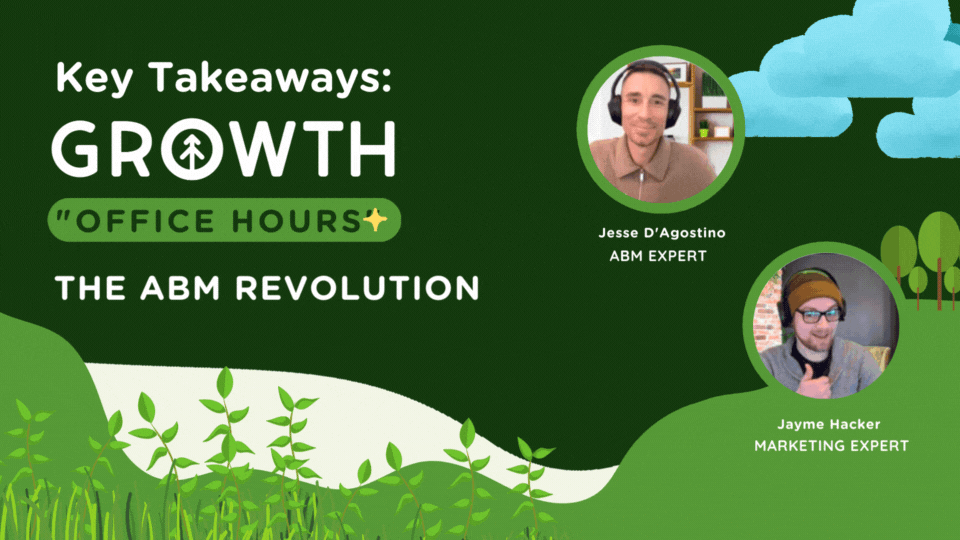 B2BMay 18, 2023
B2BMay 18, 2023 Growth Marketing Firm
Growth Marketing FirmKey Takeaways from Growth Office Hours: The ABM Revolution
Account-Based Marketing (ABM) has emerged as an essential strategy as business increasingly gravitates toward...
-
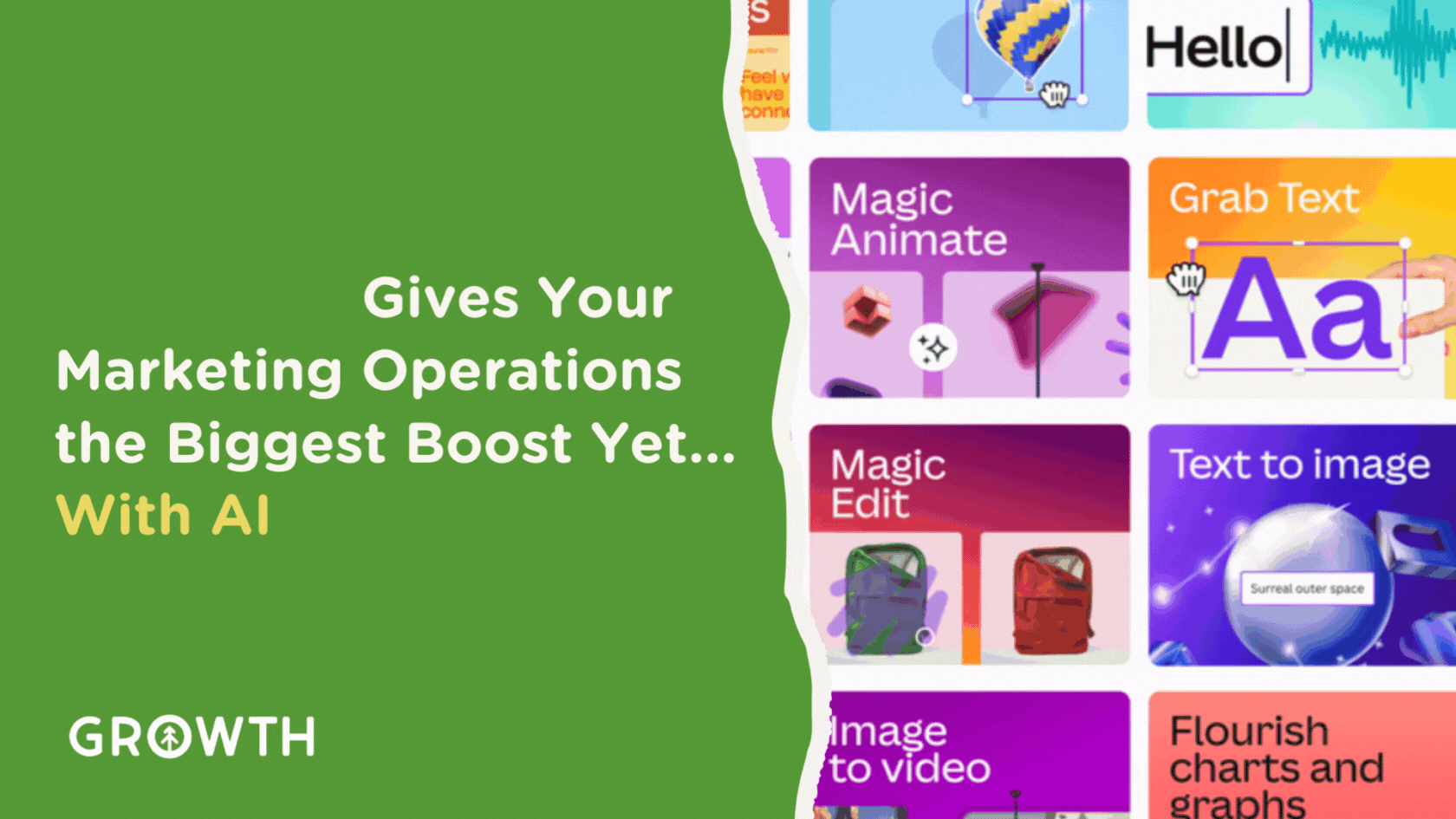 Social MediaOct 5, 2023
Social MediaOct 5, 2023 Growth Marketing Firm
Growth Marketing FirmCanva Gives Your Marketing Operations the Biggest Boost Yet... With AI
The digital sphere is always in flux, and for marketing maestros, riding the wave of change isn’t just a...
-
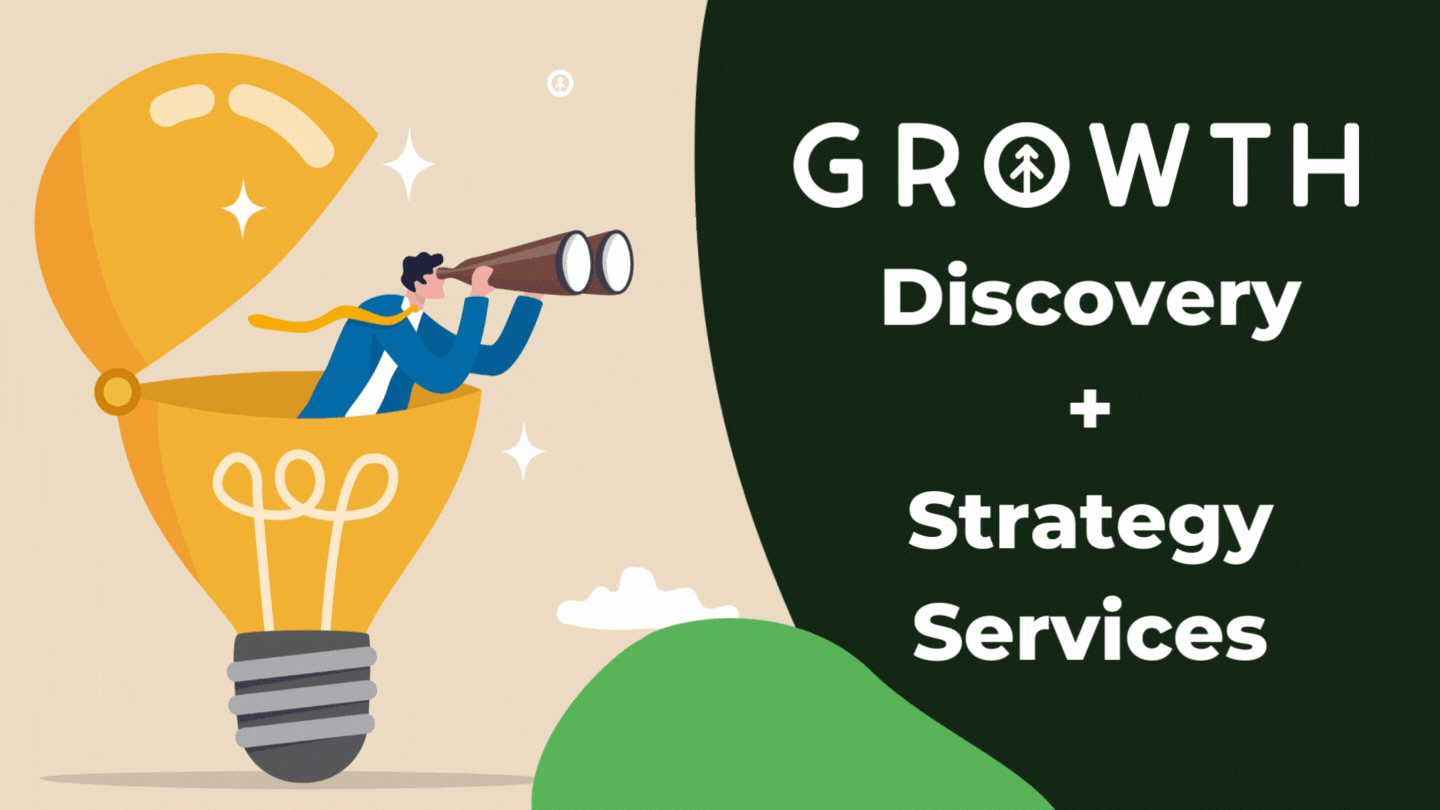 Discovery + StrategyJun 4, 2020
Discovery + StrategyJun 4, 2020 Growth Marketing Firm
Growth Marketing FirmDiscovery + Strategy Service: Setting the Stage for Client Success
(Last updated on August 4, 2022) Next to hard data, the most valuable piece of decision-making information...

